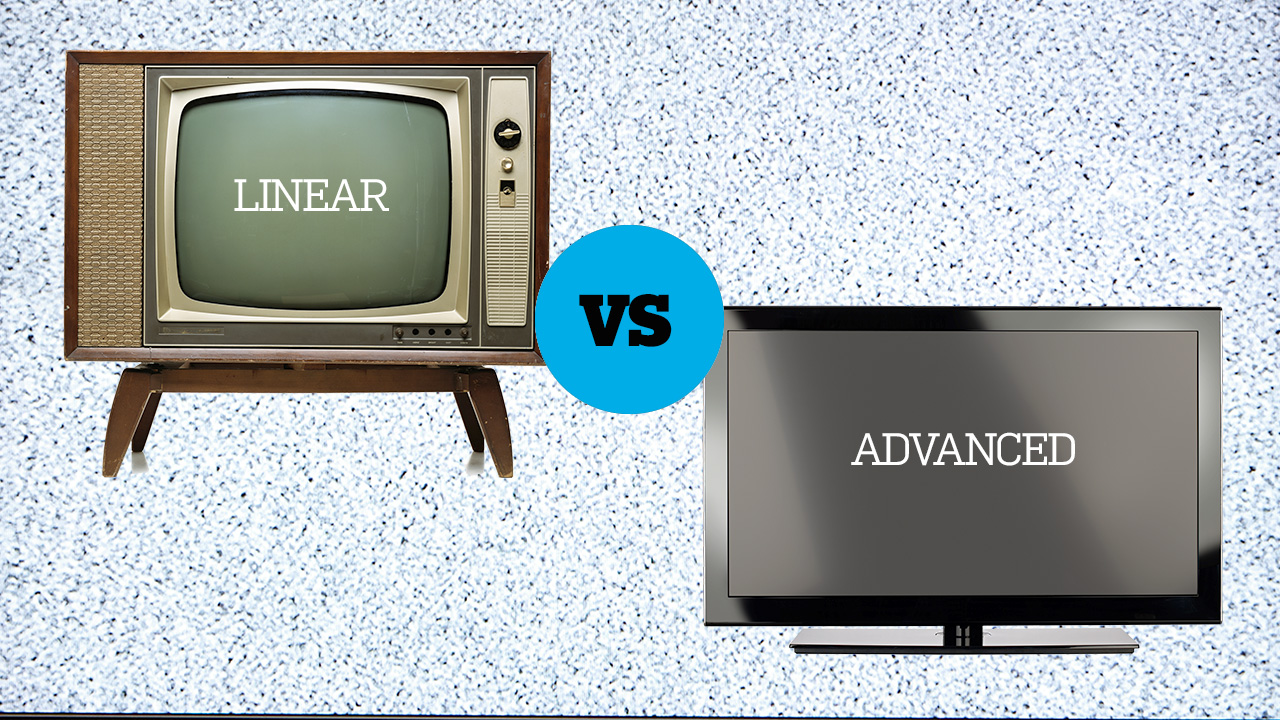Mark your calendar for Mediaweek, October 29-30 in New York City. We’ll unpack the biggest shifts shaping the future of media—from tv to retail media to tech—and how marketers can prep to stay ahead. Register with early-bird rates before sale ends!
Long live advanced TV! Wait—what is advanced TV again?
Those are the somewhat contradictory findings from a new Interactive Advertising Bureau study released today called Advanced TV: Ad Buyer Perceptions. In the IAB survey of 255 marketers and agency decision makers (all of whom make media brand-selection decisions and spend at least $1 million in advertising), 78 percent said they are already using advanced TV, and most of them plan to increase their spend in the next 12 months.
Yet, despite that momentum, IAB's survey, conducted by Advertiser Perceptions, also revealed confusion about what exactly "advanced TV" encompasses. Fifty-eight percent of advertisers said they were unclear about the difference between advanced TV and connected TV, while 35 percent said they didn't understand advanced TV's technical process.
The industry confusion likely stems from the fact Advanced TV is a catch-all term that refers to content delivered beyond traditional TV broadcasts. It can include everything from video on demand and streaming services to interactivity and targeted advertising.
When respondents were asked to define advanced TV themselves, popular descriptors included "targetable," "interactive," "addressable," "programmatic buyer," "VOD" and "DVR." A majority of respondents believed the term covers interactive, addressable and cross-platform viewing—a smaller number added OTT and TV Everywhere as well.
"Advanced TV is not clearly defined to the marketplace," said Sherrill Mane, svp, research, analytics and measurement, IAB. "But the capabilities that are associated with digital, that make digital valuable to marketers, are now being put into their view of what advanced TV is." For example, programmatic can be applied to traditional linear TV only, but it's still associated with digital.
Earlier this year, IAB released an advanced TV industry primer to help clear up some of the marketplace confusion. But whatever the term "advanced TV" means, 72 percent of advertisers see it becoming an important platform for them within five years because of factors like better targeting capabilities, the ability to reach consumers anytime on any device, improved ROI and the ability to personalize or localize messages.
The current mean media budget allocation for advanced TV is $1.4 million. Seventy percent of advertisers expect to spend more on it in the next 12 months, while 31 percent plan to decrease their broadcast TV spend and 17 percent plan to decrease their cable TV spend. Sixty-eight percent said they will shift funds away from TV budgets to fund advanced TV, and 54 percent will pull from expanded or experimental ad budgets.
Of those advanced TV budget increases, advertisers said they expect to increase their spending on addressable TV (57 percent), programmatic TV buying (54 percent) and OTT (54 percent).
The advanced TV formats most likely to increase in the next year include addressable advertising (from 28 percent who use it currently to 38 percent), second-screen ads (increasing from 23 percent to 35 percent) and interactive tags (from 21 percent to 30 percent).
The survey also revealed that linear TV is used more for brand campaigns, while advanced TV is more likely to be used for performance objectives.
"It speaks to the understanding that what television can do for advertising among the buying community is changing. Traditional TV is for big brands, building awareness and big reach among important, niche audiences. And now you're seeing some of the performance-based folks saying, 'Hey, this is a good way to get out there,'" said Mane. "Some of the smaller overall budget clients are using advanced TV more as a way of upping their share. And that speaks to how the pricing is different and the targeting is better."
"Building brand awareness is something that traditional TV does extremely well," Mane added. "Advanced TV provides what digital capabilities in general for advertising provide, and that is ways to see how people are interacting and ways to measure an immediate response."
IAB's study shows that when it comes to dire predictions about television's future, "the Chicken Little stuff should stop," said Mane. "TV is healthier than one thinks if you look under the hood. But in addition, TV is going to be going more and more digital, because consumers want to use content digitally."
The full IAB study can be found here.








